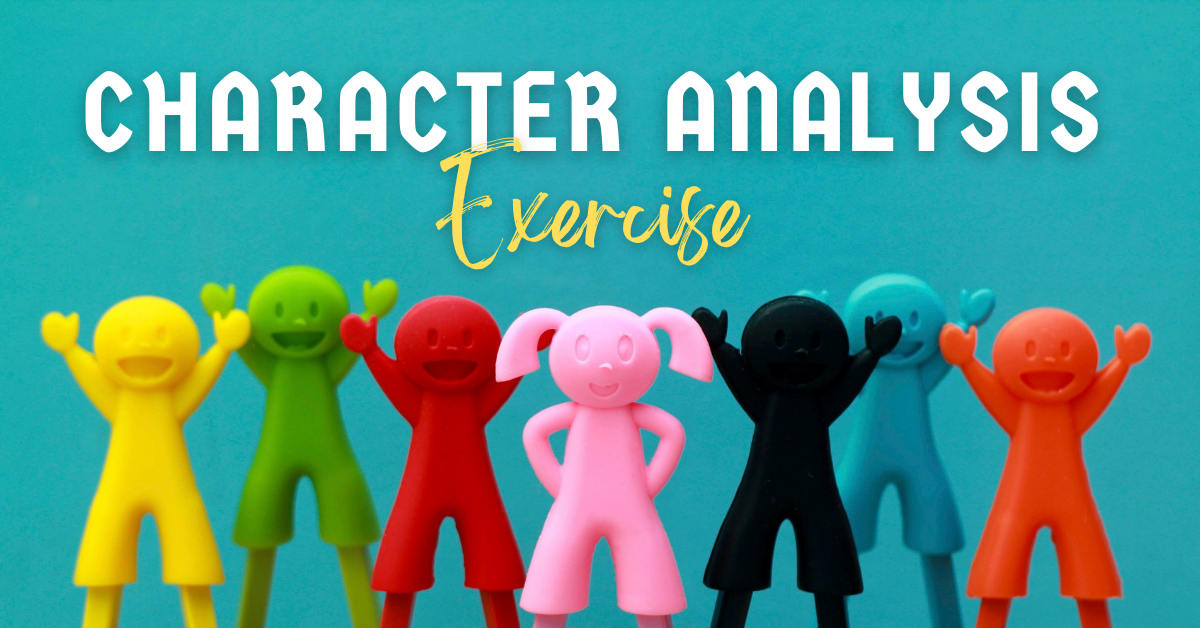Horror Movie 101: Failing Can Be Deadly by Steven Stack is a chilling mix of horror and humor - perfect for student performers and the spooky season! 👻
What’s in Your Bag?
Characters come alive in the smallest details: a favourite food, a favourite type of music, a fear of spiders, an allergy to plums, a scar from a fall at two years of age, a love of reality television.
These details make a character three dimensional and human. They make a character specific. The details may seem mundane, but think about what defines you as a person. Is it the grand events in your life, or the day to day?
Small details add a layered richness beyond the world of the story. Sometimes you’ll find a place to work them into your writing, and sometimes you won’t. But coming up with details have to be a part of your character development process when working on a play. The more you know about your characters, the deeper the well you have to draw from, the more specifically you can write for them.
This character development exercise will allow you to create the details of the small for your characters.
What’s In Your Bag?
Empty out the bag you use most regularly, whatever you take with you when you go out. If you don’t carry a bag, think about how you carry what’s necessary – what’s in your pockets? First, look at the bag itself.
- Write a short paragraph about the bag. Why did you choose it? How long have you had it? Do you need a new one?
Secondly take out all the items and lay them out on a table. Write down everything in your bag and then analyze the items as a group:
- What’s your opinion on the amount of things you carry every day?
- Is everything functional in your bag?
- Is there anything in your bag that shouldn’t be there?
- Do you carry anything that comes with a memory or an emotional attachment?
Lastly, analyze three items in your bag.
- Why do you carry this item?
- What purpose does it hold in your life?
- Is there any emotional feeling or memory attached to this item? Why or why not?
Once you’ve answered all the questions, look back at what you’ve written. What does your bag say about you? Are you surprised by any of your answers? Why or why not?
Apply this exercise to a character
Now, apply the same process to the main character. It could be a character in a play you’re studying, or a character in a play you’re writing.
1. Give this character a bag.
1. Describe the bag. What does the bag look like? How old is it?
2. Why does the character carry this bag? Is this character the type of person who can’t leave the house without a huge bag?
3. If the character definitely wouldn’t carry a bag, create the reason why.
2. Once you’ve established the bag itself, make a point for list of the items in the bag.
1. What does this character carry on a regular basis?
2. Is there anything job related in the bag?
3. Based on what you know of the character, what items are expected?
4. Think of one unexpected item that would be in the bag.
3. Take three items and analyze them.
1. What does the item say about the character?
2. Why is it in the bag?
3. Is it functional for the character? Why or why not?
4. Does it have an emotion or a memory attached to it?
4. Look at what you’ve written. What does this bag tell you about this character?
Bonus
If you want to go further, write a monologue or scene that takes place in the world of your story involving this character and their bag.
Exploring the world of the small in your characters is always going to give you a wealth of material to work with.



